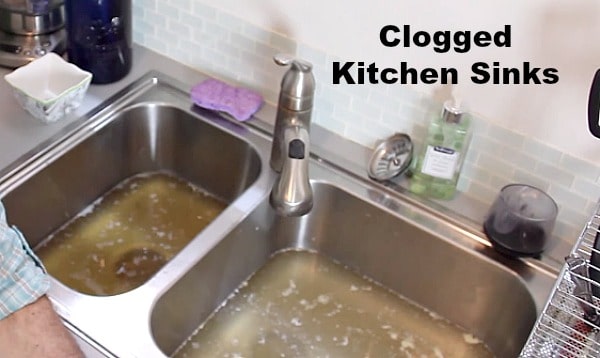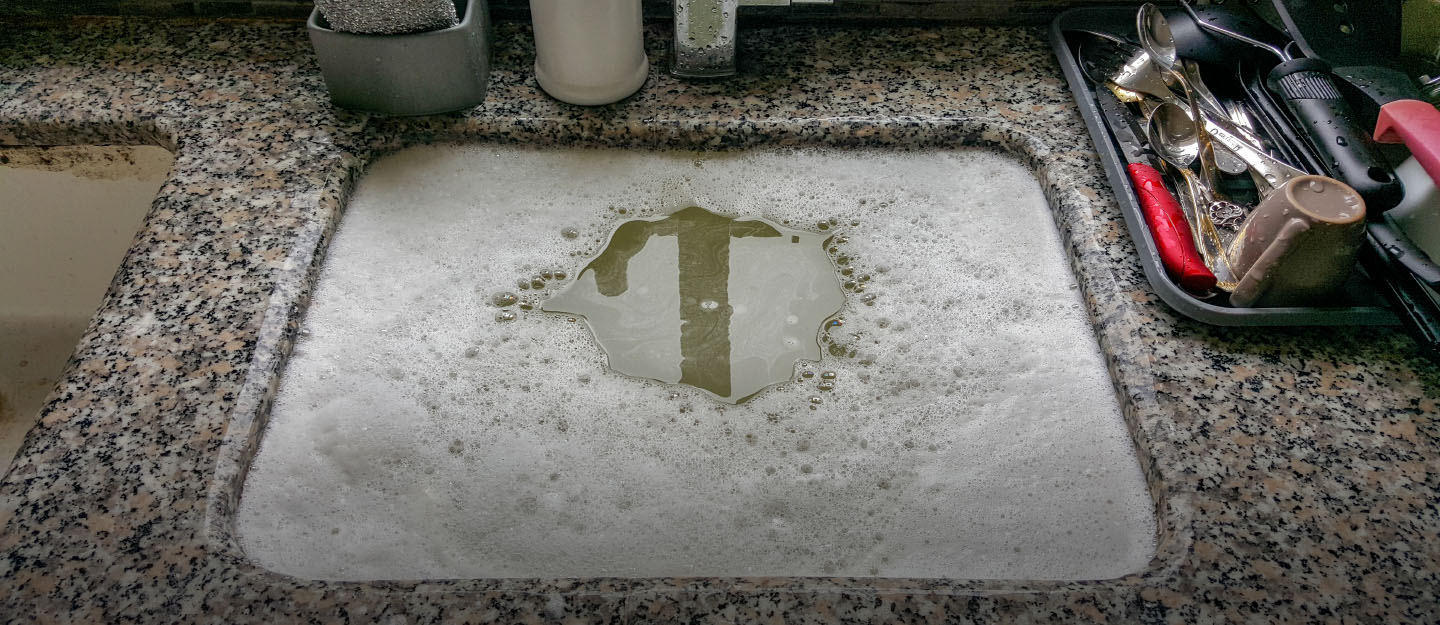This post following next about Five Ways to Fix a Slow Sink Drain is amazingly interesting. Check it out for your own benefit and see what you think about it.

It's not normal for your cooking area sink to congest multiple times in one month. If your sink obstructs twice a week, there's some problem taking place.
A blocked cooking area drain does not just reduce your duties, it degrades your whole plumbing system, little by little. Here are some usual routines that urge sink obstructions, and exactly how to avoid them.
You need correct waste disposal
Reusing waste is fantastic, yet do you take note of your natural waste too? Your cooking area ought to have 2 separate waste boxes; one for recyclable plastics and also one more for natural waste, which can become garden compost.
Having an assigned trash bag will aid you and also your household stay clear of throwing pasta as well as various other food remnants down the drain. Usually, these residues absorb wetness and also end up being obstructions.
Someone tried to clean their hair in the kitchen sink
There's a right time and also place for whatever. The cooking area sink is just not the ideal place to clean your hair. Washing your hair in the kitchen area sink will certainly make it clog eventually unless you make use of a drain catcher.
While a drainpipe catcher could catch most of the after effects, some hairs might still get through. If you have thick hair, this may suffice to reduce your drainage and ultimately create an obstruction.
You're tossing coffee down the drain
Utilized coffee premises and also coffee beans still absorb a considerable quantity of dampness. They may seem small sufficient to throw down the drainpipe, but as time goes on they begin to swell as well as take up more area.
Your coffee premises need to go into organic waste disposal. Whatever portion gets away (probably while you're washing up) will be looked after throughout your month-to-month cleaning.
You have actually been eating a lot of oily foods
Your kitchen sink may still get blocked even with organic waste disposal. This might be since you have a diet regimen rich in greasy foods like cheeseburgers.
This grease coats the insides of pipes, making them narrower as well as even more clog-prone.
Your pipeline had not been taken care of appropriately in the first place
If you have actually been doing none of the above, however still obtain routine blockages in your kitchen area sink, you should call a plumber. There might be a problem with just how your pipelines were mounted.
While your plumber gets here, look for any kind of leakages or abnormalities around your cooking area pipes. Don't try to deal with the pipelines on your own. This may trigger an accident or a kitchen flood.
There's more dust than your pipelines can manage
If you obtain fruits straight from a ranch, you might observe even more cooking area dust than other individuals that go shopping from a shopping mall. You can conveniently repair this by cleaning up the fruits as well as veggies appropriately prior to bringing them right into your house.
Thaw the sludge
The mistake isn't from your cooking area sink in any way
Perhaps the issue isn't from your kitchen sink, however the entire drainage system. In such an instance, you might observe that other sinks and drains pipes obtain blocked every other week. You require a specialist plumbing solution to fix this.
My Kitchen Sink Won’t Drain - What Should I Do?
If Your Sink Has a Garbage Disposal...
Turn on the disposal. If the disposal hums and doesn’t turn, then there’s clog in the disposal unit. Go to your circuit breaker panel, and switch off the circuit breaker to your garbage disposal. Back in your kitchen, double-check that your garbage disposal is off by trying to turn it on. The disposal should not move, and it should not make any noise. Lie down underneath your sink so that you can see and access the bottom of the disposal unit. Look for a hole that looks like the head of a hex-head bolt in the center of the unit. Place an Allen wrench inside this hole and turn it from side to side until you feel a decrease in resistance and are able to rotate the wrench completely in a single direction. This action rotates your disposal’s blade manually. Put the wrench aside, and press the disposal unit’s reset button or switch. Flip your garbage disposal’s circuit breaker switch back on, and turn on the unit to see if the obstruction has cleared. If it hasn’t, repeat the steps above until the obstruction is removed. How to Unclog a Kitchen Sink Drain
If you have a double bowl sink, seal one side of the sink with an airtight lid or a second plunger before plunging the other side. Otherwise, you won’t be able to create adequate suction. Place the cup of the plunger completely over the drain opening. Turn on the faucet, and let the water run until it completely covers the cup of the plunger. Start plunging by pushing the plunger down and pulling up again in order to build up suction. Make sure that the edges of the plunger stay in contact with your sink, or else you’ll lose the suction. If you have trouble forming a seal between your sink and plunger, add petroleum jelly to the mouth of your plunger, and try again. Plunge about five or six times before removing the plunger to see if water starts to drain properly. In some cases, you’ll even be able to feel the clog become dislodged while you plunge because suddenly there will be much less resistance. Repeat the plunging process until the clog clears. Once water is draining properly again, run hot water down the drain for 5 minutes to help clear away grease, grime, and debris from the clog. https://www.plumbingjoint.com/blog/2019/august/my-kitchen-sink-won-t-drain-what-should-i-do-/

As a devoted reader about Five Ways to Fix a Slow Sink Drain, I figured sharing that short article was really useful. Sharing is good. You won't know, you will be doing someone a favor. Thanks a lot for taking the time to read it.
Source This Article